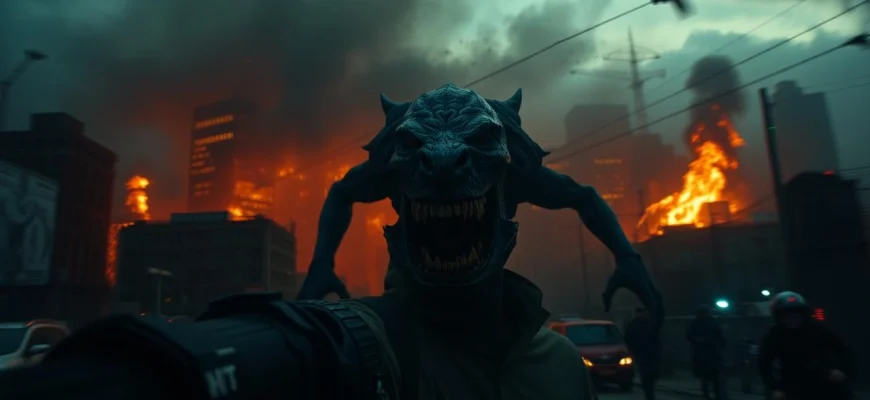If you loved the heart-pounding, found-footage chaos of 'Cloverfield' (2008), you're in for a treat. This article dives into 10 movies and shows that capture the same adrenaline-fueled suspense, monster mayhem, and immersive storytelling. Whether you're a fan of the shaky-cam realism or the apocalyptic thrills, these picks will keep you on the edge of your seat. Get ready to discover your next binge-worthy obsession!
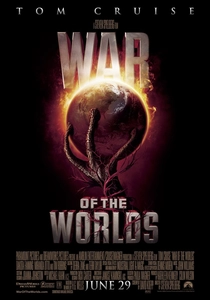
War of the Worlds (2005)
Description: This Spielberg film shares with 'Cloverfield' the theme of ordinary people surviving an alien attack, with intense sequences of urban destruction. Both movies focus on the human perspective of an invasion rather than military or government responses.
Fact: The tripod sound design was created by recording a djembe drum underwater. Tom Cruise did many of his own stunts, including hanging from a bridge. The film's release coincided with the 50th anniversary of the original 1953 movie.
 Watch Now
Watch Now 
The Host (2006)
Description: This South Korean monster film shares with 'Cloverfield' the theme of a creature emerging from water to terrorize a city. Both blend horror, drama, and dark comedy, focusing on family dynamics during the crisis, though 'The Host' has more political subtext.
Fact: The creature was designed by a team that included 'Lord of the Rings' effects artists. It broke box office records in South Korea. Director Bong Joon-ho later won Oscars for 'Parasite'.
 Watch Now
Watch Now 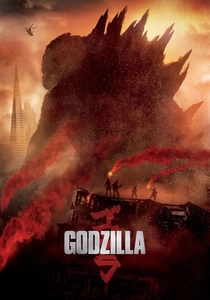
Godzilla (2014)
Description: Similar to 'Cloverfield', this film features a massive, city-destroying monster with a human perspective on the chaos. Both movies use the 'giant monster' trope to explore themes of survival and human vulnerability, with intense action sequences and a focus on ground-level experiences of the catastrophe.
Fact: This was the second American attempt at a Godzilla film after the 1998 version. Director Gareth Edwards used his experience from indie film 'Monsters' to create realistic monster scenes. The film deliberately withheld full views of Godzilla to build suspense, much like 'Cloverfield' did with its creature.
 Watch Now
Watch Now 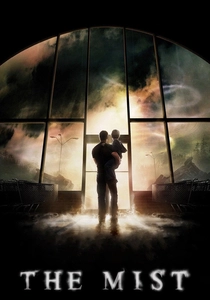
The Mist (2007)
Description: This film shares with 'Cloverfield' the theme of ordinary people trapped with mysterious creatures, with intense psychological tension. Both explore how people react differently to extreme fear and the unknown, though 'The Mist' is more explicitly horror-oriented.
Fact: Based on a Stephen King novella. The film features one of the most shocking endings in horror cinema. Frank Darabont used the same cinematographer as 'The Shawshank Redemption'.
 Watch Now
Watch Now 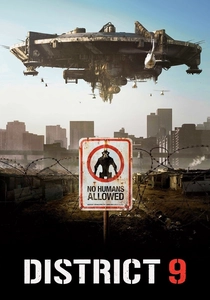
District 9 (2009)
Description: Like 'Cloverfield', this film uses a pseudo-documentary style (at least initially) to tell an alien invasion story with social commentary. Both movies blend sci-fi with gritty realism, focusing on how ordinary people deal with extraordinary circumstances involving alien creatures.
Fact: Made for only $30 million, it was a surprise box office hit. The film's style was inspired by real events during apartheid in South Africa. Director Neill Blomkamp based the film on his earlier short 'Alive in Joburg'.
 Watch Now
Watch Now 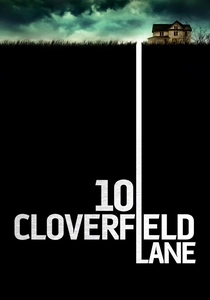
10 Cloverfield Lane (2016)
Description: This film is a spiritual successor to 'Cloverfield' (2008), sharing the same universe and produced by J.J. Abrams. It maintains the suspenseful, claustrophobic atmosphere and mystery surrounding the monster threat, though it focuses more on psychological tension and character dynamics inside a bunker.
Fact: Originally conceived as an unrelated script titled 'The Cellar', it was later adapted into the 'Cloverfield' universe. John Goodman's performance was widely praised for its intensity and unpredictability. The film's ending was reshot to better connect it to the 'Cloverfield' franchise.
 Watch Now
Watch Now 
Monsters (2010)
Description: Similar to 'Cloverfield', this low-budget film shows a world where giant creatures exist, but focuses more on human relationships and journey than action. Both use the monster premise to explore deeper themes while maintaining tension and mystery about the creatures.
Fact: Director Gareth Edwards did all the visual effects himself on a home computer. The film was mostly improvised, with the script being only 8 pages long. It was shot guerrilla-style in real locations with minimal crew.
 Watch Now
Watch Now 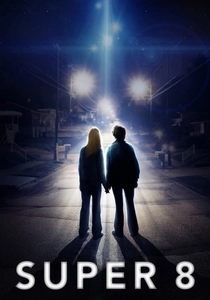
Super 8 (2011)
Description: Produced by J.J. Abrams (like 'Cloverfield'), this film shares the coming-of-age-meets-alien-invasion theme. Both use a mysterious creature and government cover-up elements, though 'Super 8' has more nostalgic, Spielbergian tones compared to 'Cloverfield's' gritty realism.
Fact: The kids' zombie movie within the movie was actually filmed by the child actors. J.J. Abrams wanted to capture the feeling of 1970s/80s Amblin films. The train crash sequence took months to plan and film.
 Watch Now
Watch Now 
Pacific Rim (2013)
Description: While more action-oriented than 'Cloverfield', this film shares the theme of giant monsters threatening humanity. Both movies feature spectacular destruction of urban environments and explore how humans respond to existential threats from otherworldly creatures.
Fact: Guillermo del Toro designed the Kaiju (monsters) to follow real animal biology. The film pays homage to Japanese kaiju and mecha genres. Charlie Day's character was inspired by real-life 'rock star' scientists like Michio Kaku.
 Watch Now
Watch Now 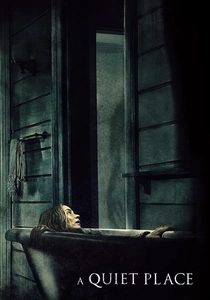
A Quiet Place (2018)
Description: Like 'Cloverfield', this film creates tension through limited knowledge about the creatures and focuses on survival in a post-invasion world. Both use innovative sound design (silence in this case vs. found footage in 'Cloverfield') to enhance the horror elements.
Fact: John Krasinski and Emily Blunt are real-life married couple. The film's script was featured on the 2016 Black List of best unproduced screenplays. The creatures were designed by the same team that worked on 'Stranger Things'.
 Watch Now
Watch Now 
